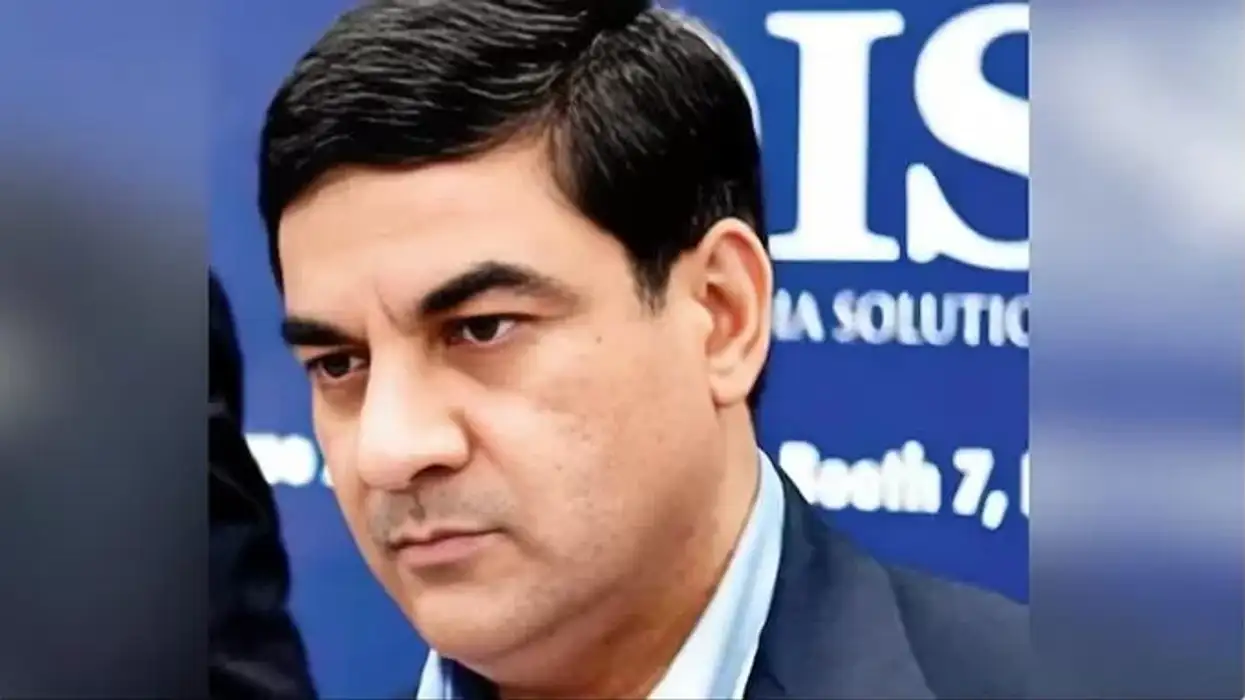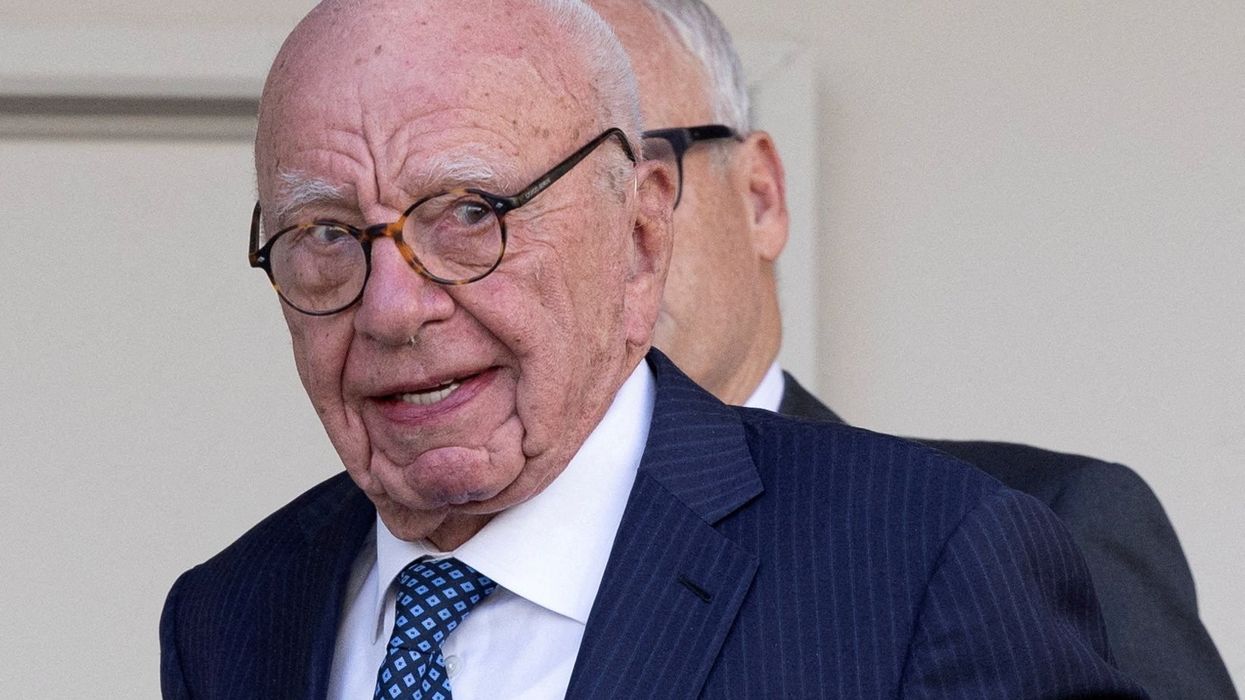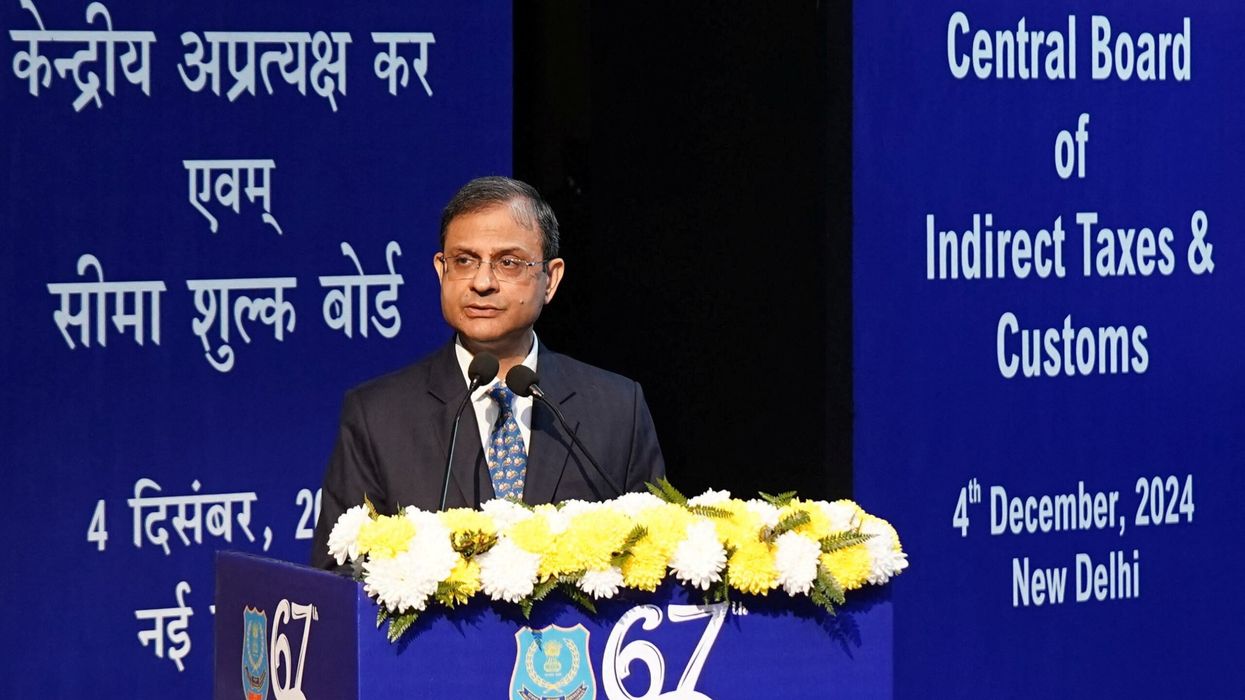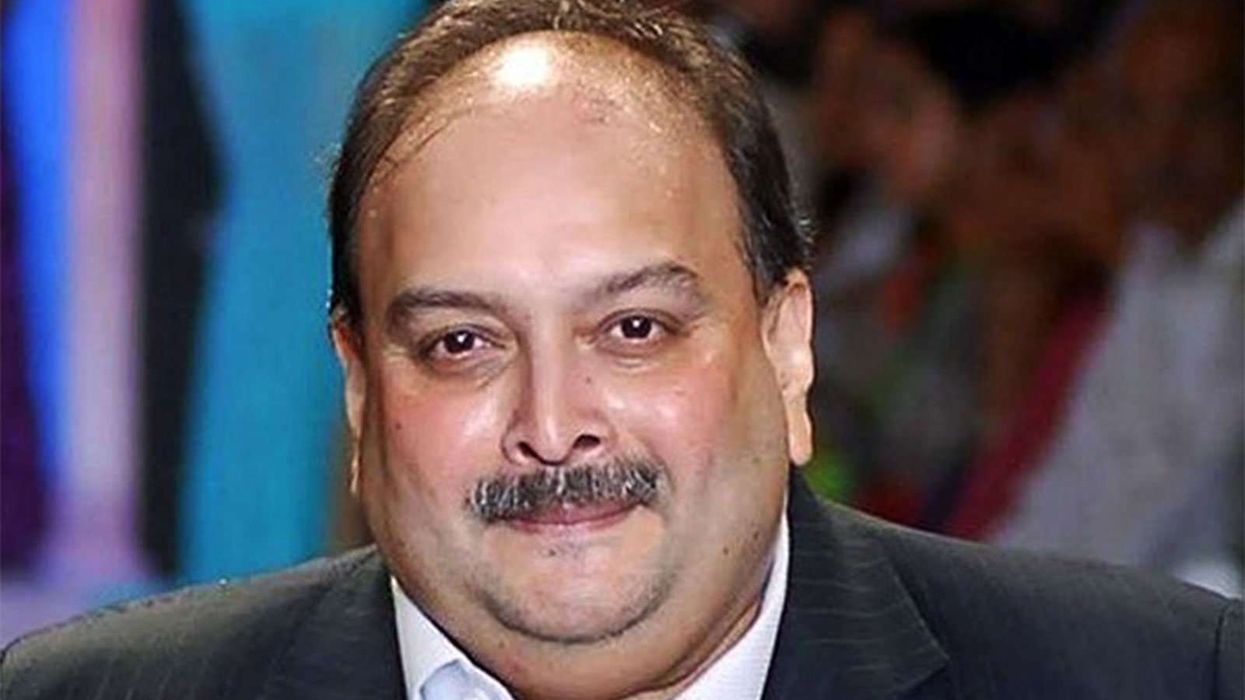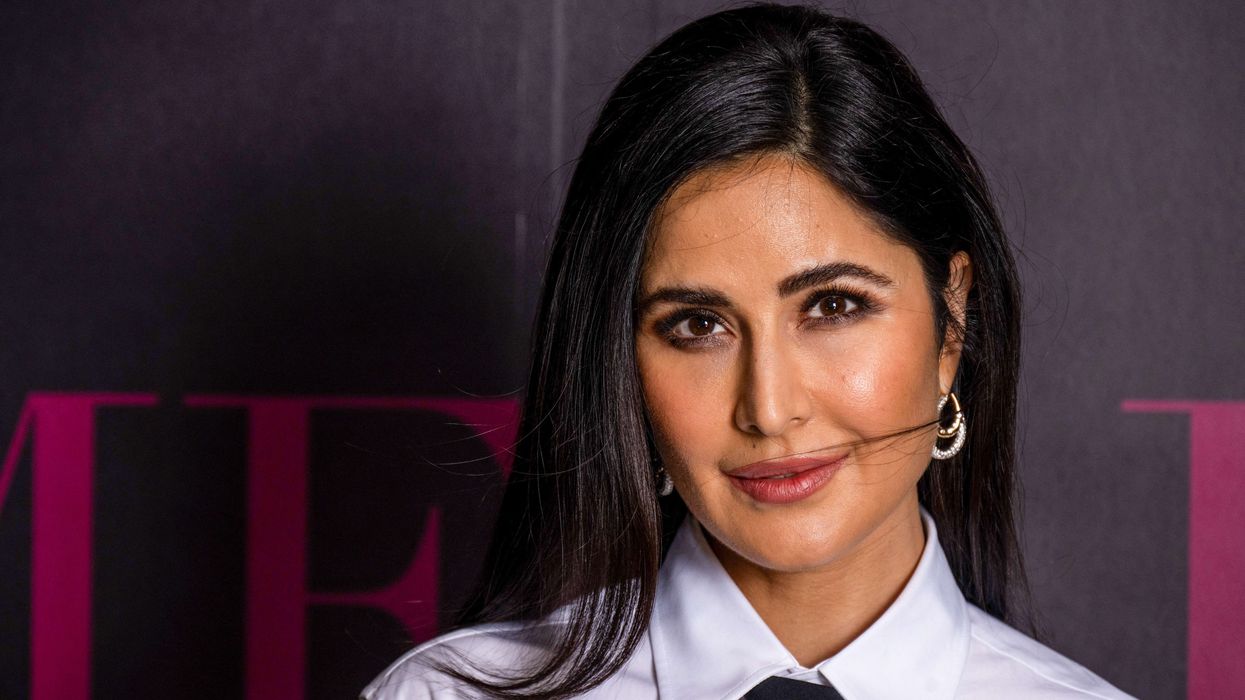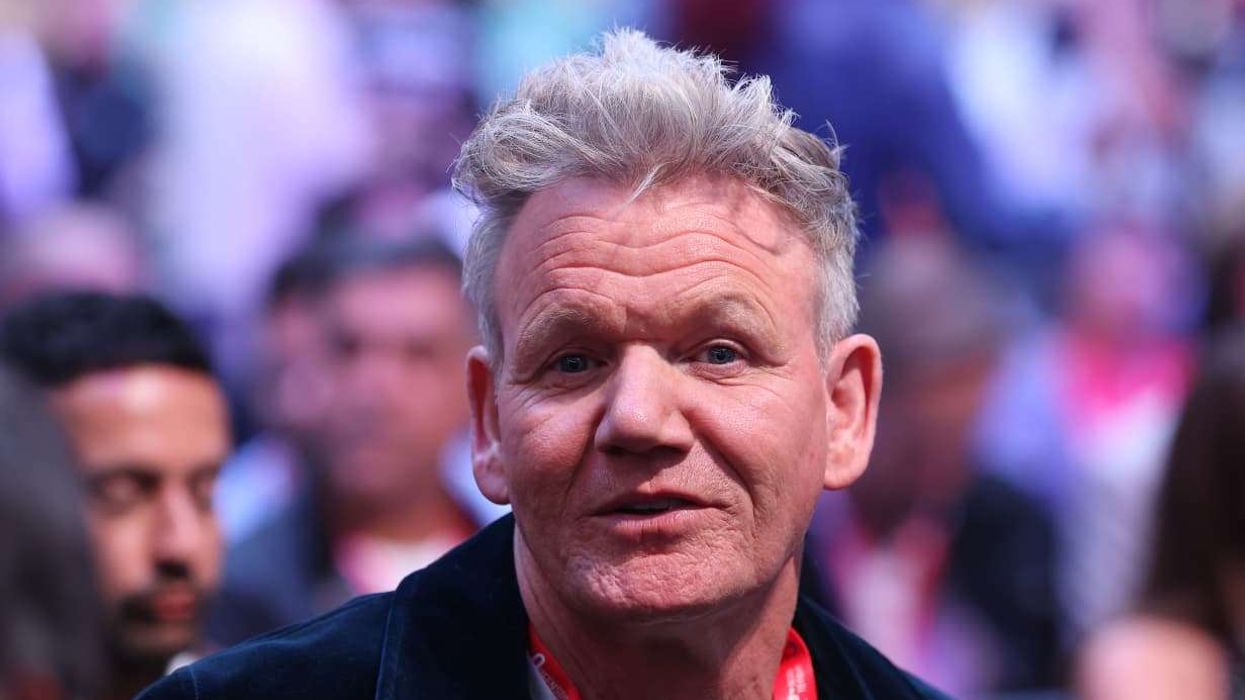TATA STEEL said it has signed a contract with an Italy-headquartered metals technology multinational to deliver a state-of-the-art electric arc furnace (EAF) as part of its green initiative in the UK.
The Indian steel major’s announced the pact last week with Tenova for its Port Talbot site in Wales, the UK’s largest steelworks.
It has been described as a key milestone on the road to reducing carbon emissions by 90 per cent a year once the plant is commissioned from the end of 2027.
Under the agreement, Tenova will supply an electric arc furnace with an annual capacity of three million tonnes of steel – similar to the output of the site’s blast furnaces decommissioned recently – by melting scrap steel from the UK.
“This partnership follows in the footsteps of an improved deal between the government and Tata Steel, and is further proof of our commitment to a bright future for UK steelmaking,” said business and trade secretary Jonathan Reynolds.
He added, “Technology like the furnaces made by Tenova is critical to decarbonising the industry, unlocking its potential to provide skilled jobs, and creating economic stability for future generations of steelworkers in South Wales.
“Our upcoming steel strategy will provide further certainty for the sector as we set out our plan for its long-term growth and viability, backed by up to £2.5 billion for steel.” The agreement follows a £1.25bn joint investment confirmed by Tata Steel and the British government recently, with Tata Steel investing £750 million and the government up to £500m.
“This landmark agreement will enable us to transform our steelmaking site that will not only support the UK’s decarbonisation journey, but also provide economic development opportunities for South Wales,” said TV Narendran, CEO and managing director of Tata Steel Limited.
“Today marks an important milestone in making low-CO2 steelmaking a reality in Port Talbot as well as reducing the UK’s carbon emissions and supporting our customers with their own carbon reduction targets,” said Narendran.
He joined the signing of the contract at Port Talbot last Friday following the project’s board-level approval.
The use of scrap is aimed at reducing Britain’s reliance on imported iron ore and strengthening the resilience of the country’s manufacturing supply chains.
New ladle metallurgy furnaces supplied by Tenova will refine the molten steel to make more complex grades required by manufacturers in the UK and other countries.
Paolo Argenta, executive vice-president for the Tenova Upstream Business Unit, said: “We are working with Tata Steel UK at an unprecedented level of transparency and cooperation, and we are confident this will lead to a successful project.
“Tenova’s global collaboration with Tata Steel, including projects in other regions, further reinforces our strong partnership.”
According to Tata Steel UK, detailed engineering is now ongoing, and other equipment orders will soon be placed separately for the “Hot Strip Mill and Casters life extension, new Pickle Line, cranes, and for construction management and civil engineering”.
The steel giant said it has completed public consultation on the application and is working with the authorities to submit the application next month, with a view to commencing large-scale site work around July 2025.
Tata Steel is the largest steelmaker in the UK with primary steelmaking at Port Talbot supporting manufacturing and distribution operations at sites across Wales, England and Northern Ireland as well as Norway, Sweden, France and Germany.

